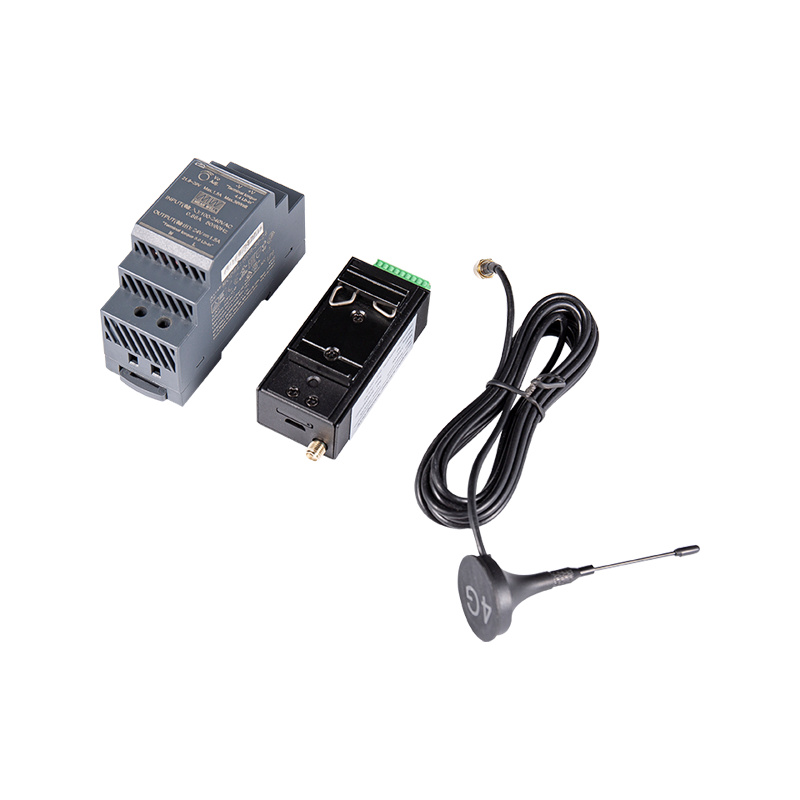Cabinet dehumidifiers and the generation and treatment of condensed water
Cabinet dehumidifiers play an increasingly important role in modern home and commercial environments, especially in areas or seasons with high humidity, where they have become an indispensable tool for regulating indoor humidity. During operation, the dehumidifier can not only effectively reduce the humidity in the air and provide people with a more comfortable living environment, but also prevent the growth of mold to a certain extent and protect furniture and decoration materials from moisture erosion. However, in the process of using cabinet dehumidifiers, a phenomenon that cannot be ignored is the generation of condensed water.
The reason why cabinet dehumidifiers generate condensed water is inseparable from their working principle. The basic working principle of a dehumidifier is to collect and remove excess moisture from indoor air through a series of technical means, so as to achieve the purpose of regulating indoor humidity. Specifically, the dehumidifier inhales the humid air in the room and then treats the air through refrigeration or adsorption technology. In refrigeration technology, a cooling plate is installed inside the dehumidifier, and its temperature is usually lower than the dew point temperature in the room. When air containing a large amount of moisture flows through this cooling plate, the water vapor in the air will exchange heat with the surface of the cooling plate. As the temperature drops, the water vapor condenses into liquid water, which is what we call condensed water. In adsorption technology, hygroscopic materials are used to absorb moisture in the air, and then the moisture is released and condensed and collected by heating and other methods.
After the condensed water is generated, it will drip into the water collection tray along the internal structure of the dehumidifier. The water collection tray is an important component of the dehumidifier, which is responsible for collecting and temporarily storing the condensed water. As the dehumidifier continues to work, the amount of water in the water collection tray will gradually increase. Therefore, when using a cabinet dehumidifier, users need to clean the water collection tray regularly to prevent the condensed water from staying in it for a long time. The condensed water accumulated for a long time may not only produce odor, but also become a breeding ground for bacteria, which has a negative impact on the indoor air quality.
In addition to cleaning the water collection tray regularly, users can also choose whether to recycle and reuse the condensed water according to actual conditions. Although condensed water looks like "waste water", it is actually a relatively pure water resource. In some areas or occasions where water resources are scarce, recycling condensed water is an environmentally friendly and economical practice. For example, condensed water can be used for daily cleaning tasks such as washing floors and flushing toilets, thereby reducing dependence on tap water to a certain extent. Of course, when recycling condensed water, attention should also be paid to hygiene and safety issues to ensure that the condensed water will not be contaminated and will not pose a threat to human health during use.
It is a normal phenomenon for cabinet dehumidifiers to produce condensed water during the dehumidification process, which is determined by their working principle. When using a dehumidifier, users should fully understand this phenomenon and take appropriate measures to regularly clean the water collection tray to avoid problems caused by long-term retention of condensed water. At the same time, condensed water can also be recycled and reused according to actual needs to achieve water resource conservation and sustainable environmental development.





